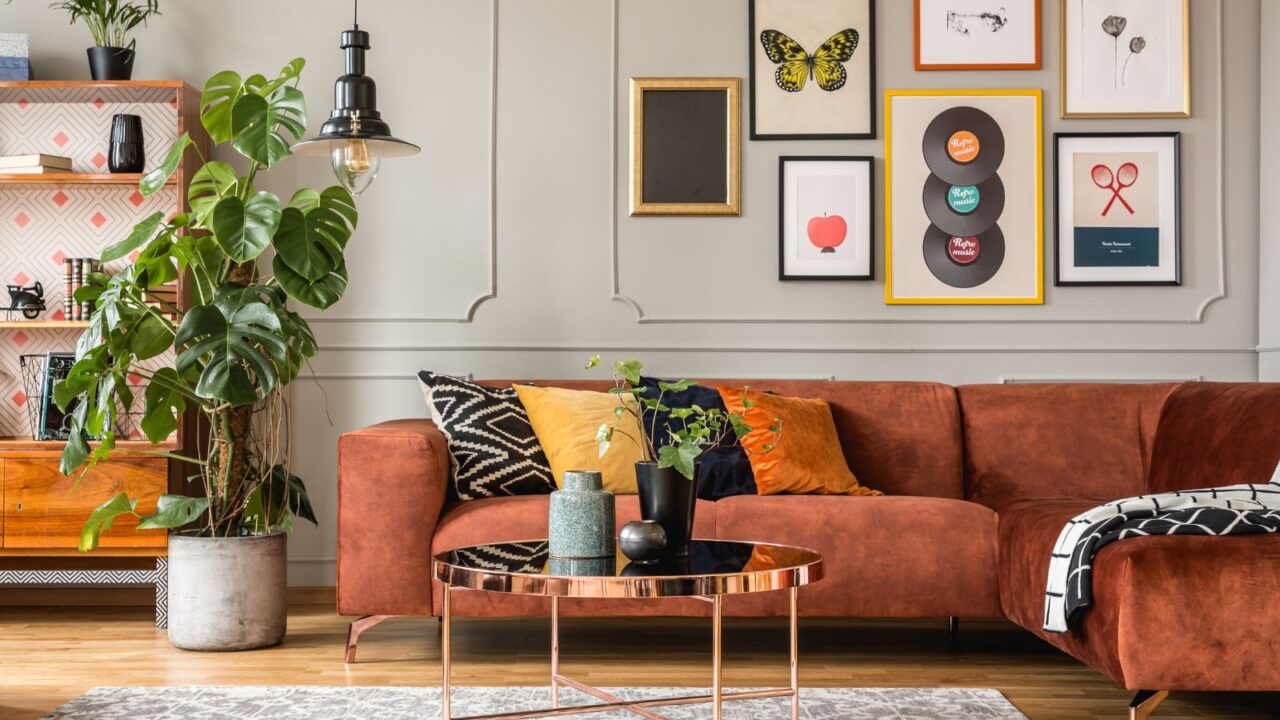
The Hidden Stress in Your Space
Your living room should be your oasis, but what if it’s working against you? Cluttered shelves, harsh lighting, and the wrong furniture could be secretly sabotaging your relaxation.
Instead of just plopping onto the couch and hoping for the best, let’s uncover the small design mistakes that might be making your space feel more stressful than serene. Swipe through to see if your living room is due for a chill-worthy makeover.

Too Much Clutter
Research from Princeton University found that clutter overloads the brain, making it harder to focus and relax. If your living room has piles of papers, overflowing bookshelves, or surfaces covered in miscellaneous items, it’s likely contributing to mental fatigue.
Solution: Adopt the one-minute decluttering rule—if something takes less than a minute to put away, do it immediately. Invest in closed storage solutions like cabinets, baskets, and multi-functional furniture to keep things visually tidy.
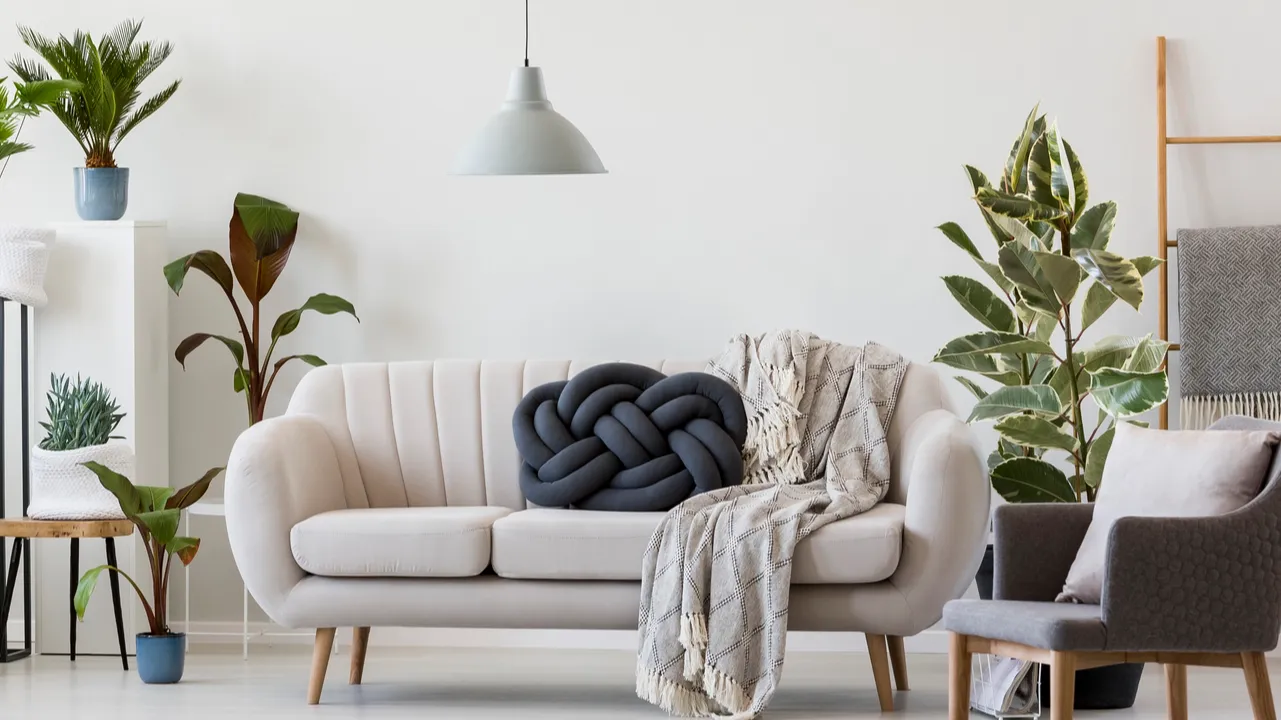
Harsh Lighting is Wrecking the Mood
Harsh overhead lighting increases alertness, making it harder to relax in the evening. Cool-toned LED bulbs suppress melatonin, the sleep hormone, which can disrupt your wind-down routine.
Fix: Switch to warm white (2700K–3000K) dimmable LED bulbs and incorporate multiple light sources. Table lamps, floor lamps, and wall sconces create a layered lighting effect that softens the room. Consider smart bulbs that adjust color temperature based on the time of day.
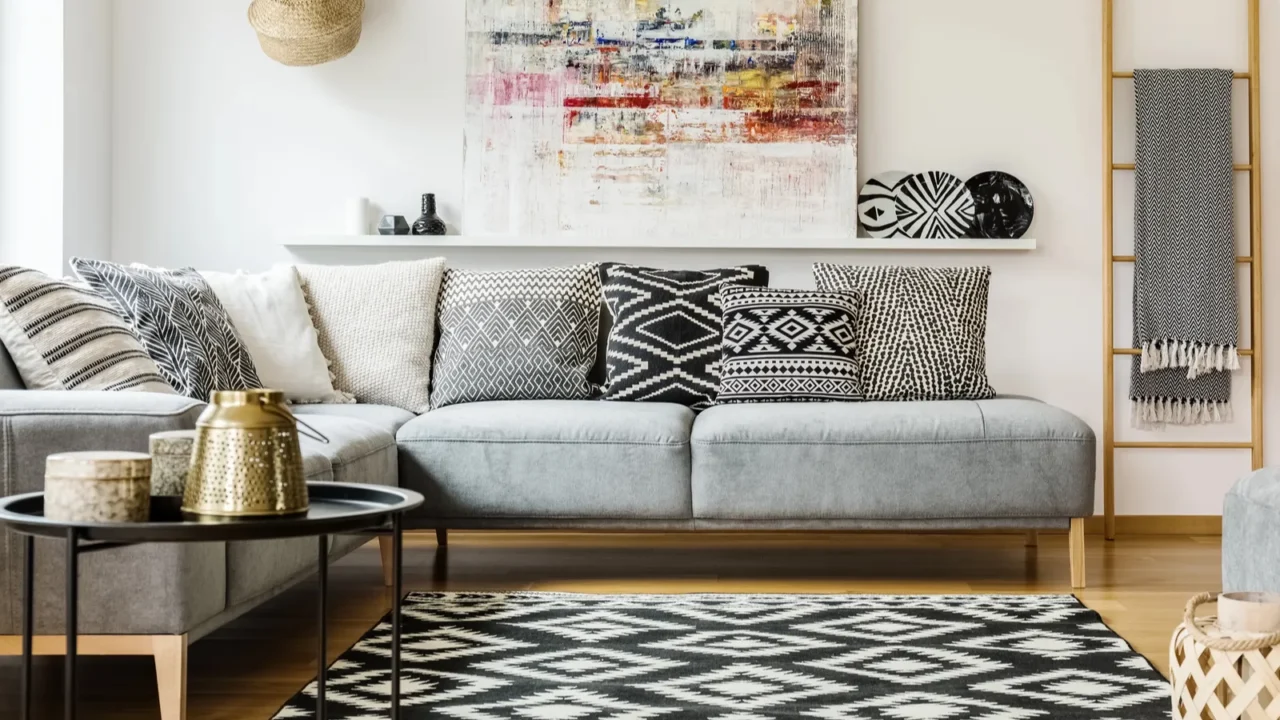
Your Sofa’s Ergonomics Affect Your Comfort
An unsupportive couch can cause poor posture and tension, making it difficult to feel at ease. The ideal seating depth is 21-24 inches, allowing you to sit back comfortably while keeping your feet on the floor.
Solution: If replacing your sofa isn’t an option, use lumbar support pillows and a weighted blanket to improve comfort. Test your seating by ensuring your lower back is supported and your legs form a 90-degree angle when sitting.
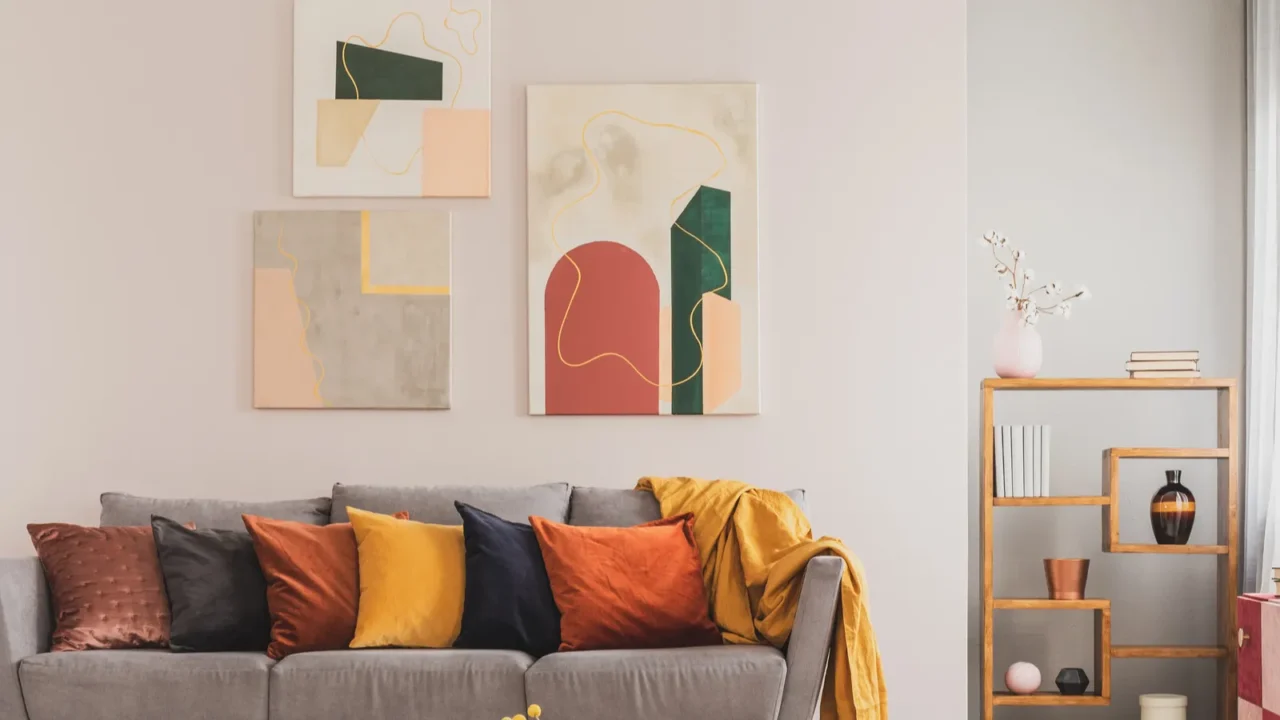
The Psychology of Color
Color psychology suggests that blue and green promote relaxation, while red and yellow can increase heart rate and restlessness. If your living room feels overwhelming, it may be due to overly stimulating hues.
Fix: Stick to muted earth tones, soft blues, warm neutrals, or sage green for walls, furniture, and decor. If repainting isn’t an option, introduce calming tones through curtains, rugs, or artwork to subtly shift the ambiance.
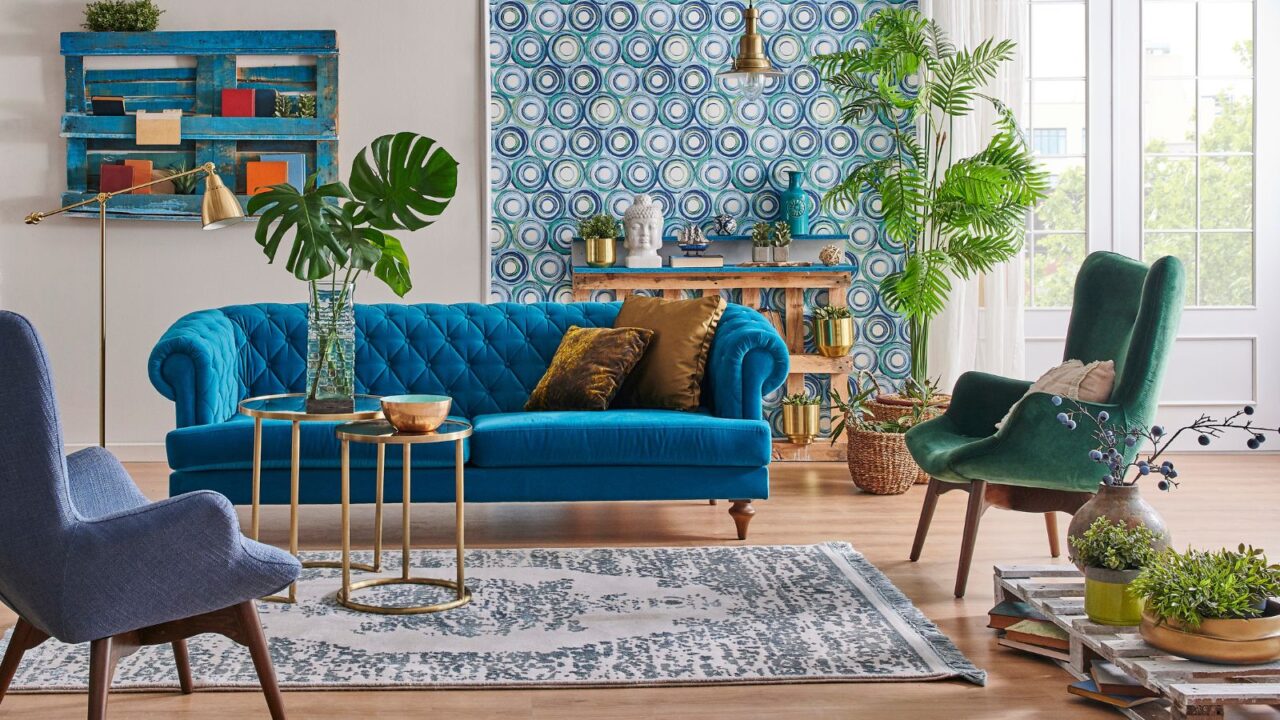
Overuse of Patterns Can Cause Visual Overload
Too many bold prints and clashing textures create sensory overload, preventing the brain from fully relaxing.
Balance is key: Use one statement pattern (on a rug or accent chair) and keep the rest of the decor neutral. If you love patterns, try a tone-on-tone approach (e.g., different shades of beige) for a more harmonious look.
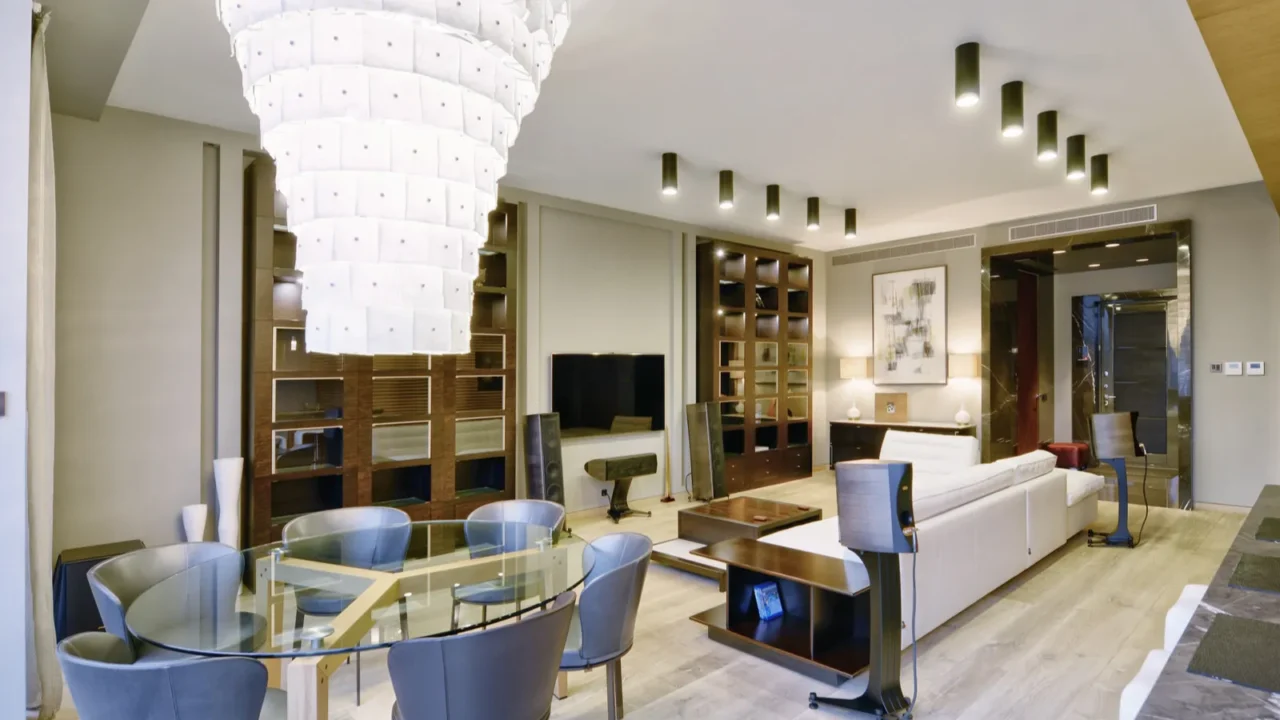
The Importance of Defining Functional Zones
A chaotic, undefined space leads to mental clutter. If your living room is also a workspace, play area, and entertainment hub, your brain struggles to separate relaxation from productivity.
Solution: Create distinct zones using rugs, lighting, and furniture placement. A reading nook can have a cozy chair and lamp, while a media console and seating arrangement can define a TV area. Visual separation helps your brain associate each area with its intended function.
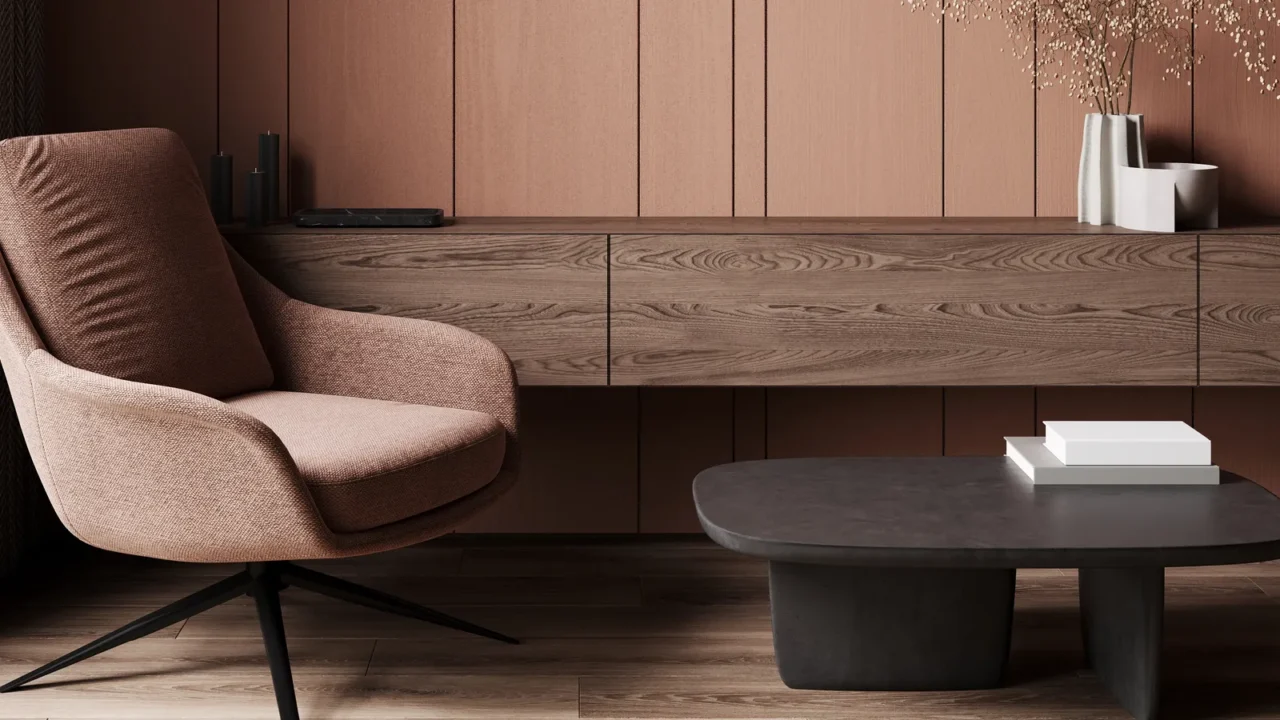
Screen Overload Disrupts Relaxation
TVs, tablets, and phones emit blue light, which keeps your brain in a heightened state of awareness. Constant exposure can also contribute to decision fatigue and poor sleep quality.
Fix: Reduce screen time in the evening by setting up a “low-tech zone” with books, puzzles, or soft music. Consider using a TV frame or hiding the screen with an art-covering solution when not in use.
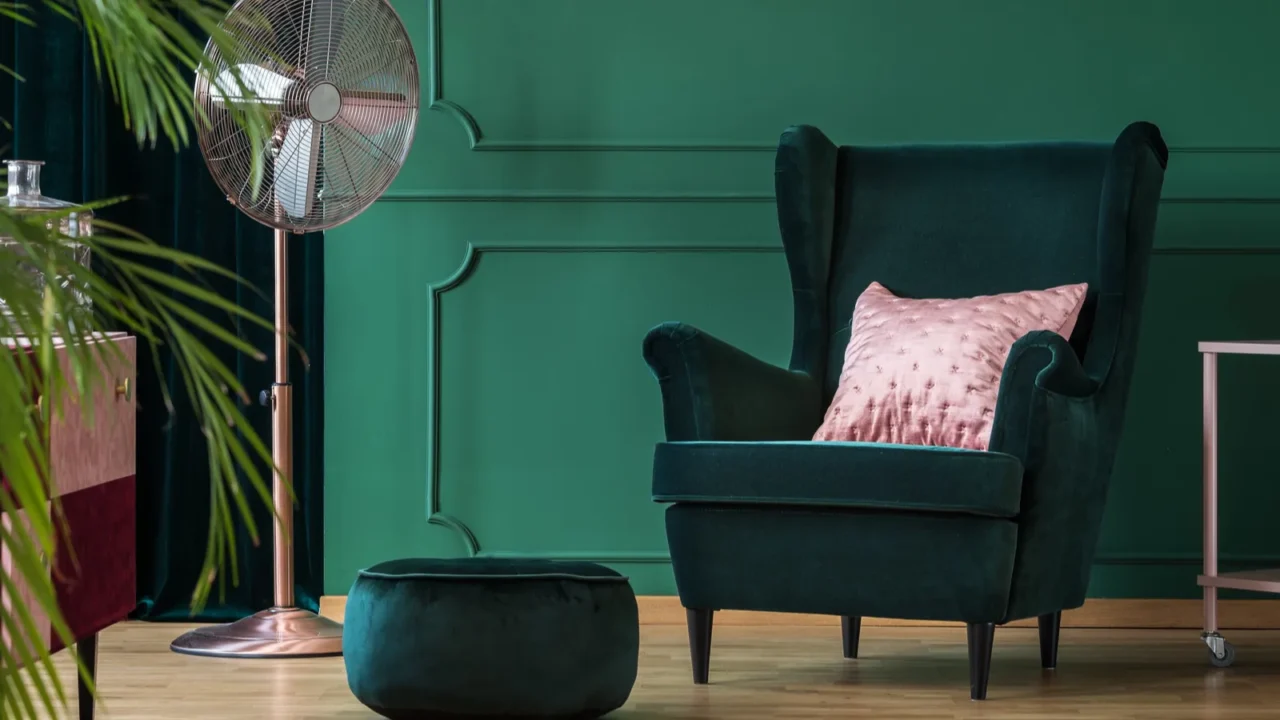
Seating Comfort
A chair or sofa may be visually appealing but not ergonomically sound. Hard edges, low back support, or stiff upholstery can make it hard to fully relax.
Solution: Opt for rounded-edge furniture, high-back chairs, and plush cushions. If your existing seating is too firm, add a memory foam cushion or a soft throw blanket for extra coziness.
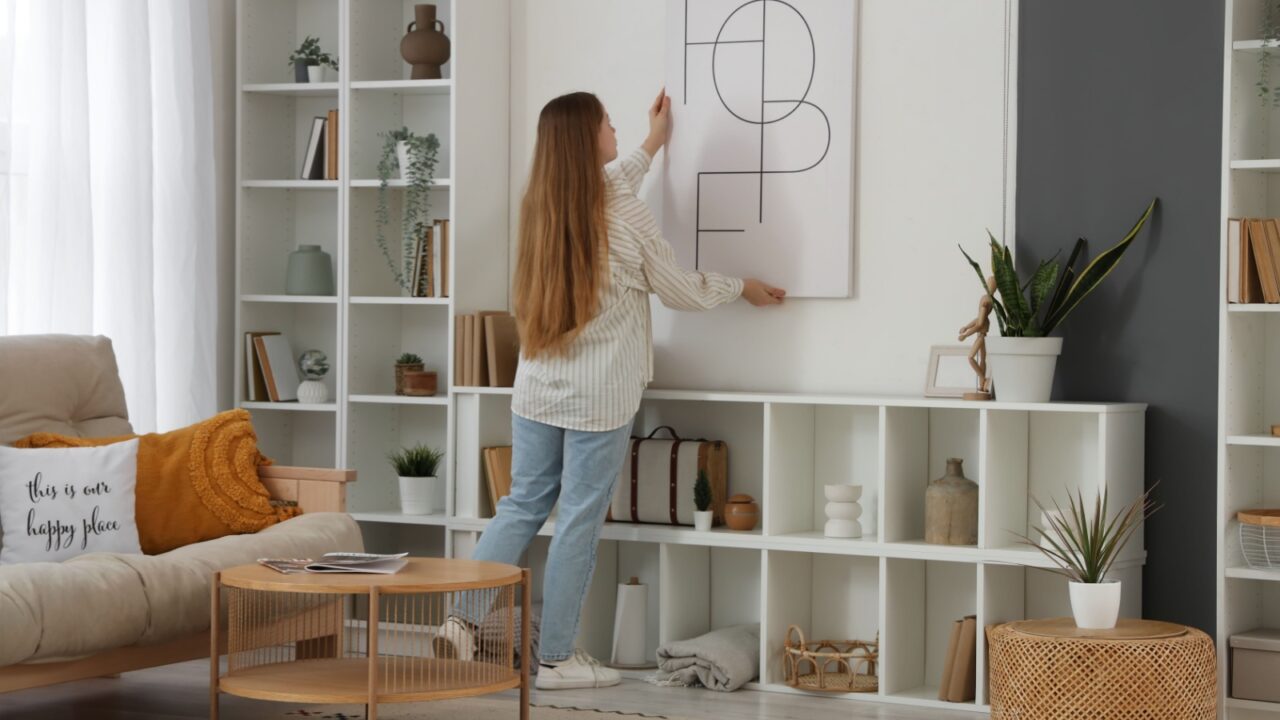
Wall Decor Should Promote a Sense of Calm
Bare walls can make a room feel cold, while overly busy art can feel chaotic.
Fix: Hang artwork at eye level (57 inches from the floor) and opt for landscape scenes, abstract soft tones, or calming photography. A single large piece creates a focal point, while a curated gallery wall adds personality without overwhelming the space.
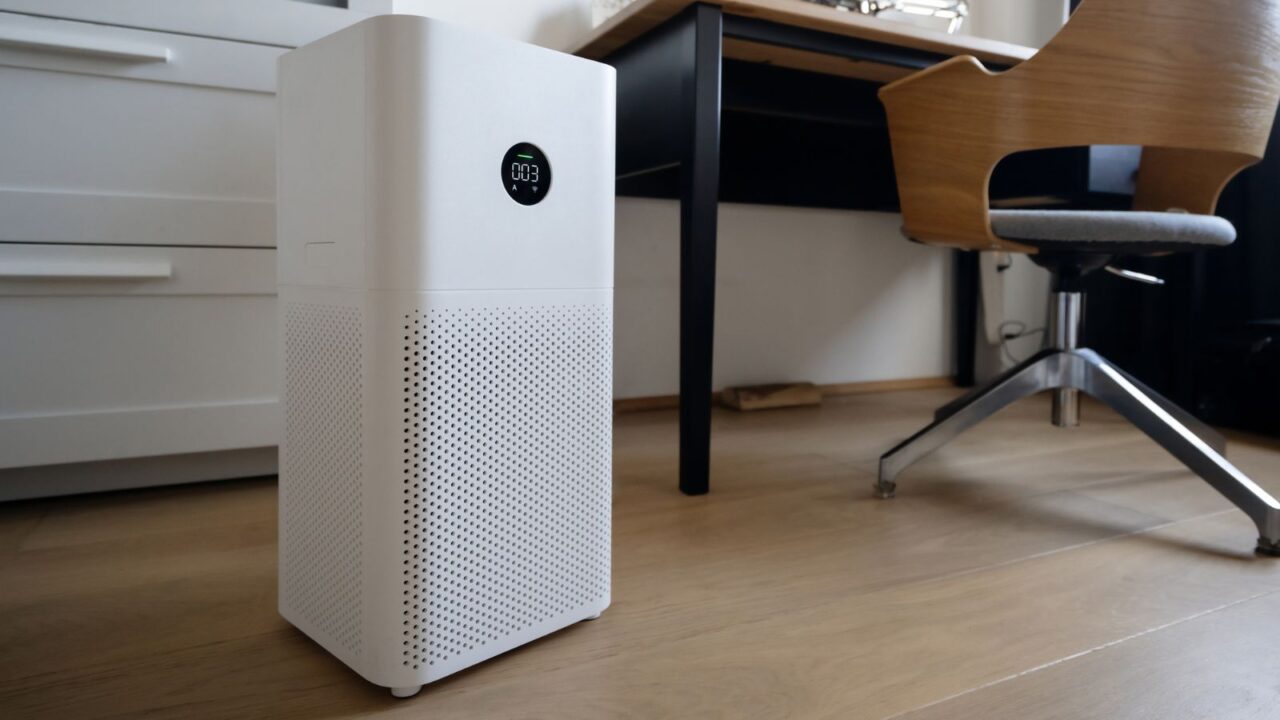
Poor Air Quality Increases Fatigue
Indoor air pollution from dust, pet dander, and synthetic materials can make a room feel stuffy and lead to headaches or sluggishness.
Solution: Improve air quality with HEPA air purifiers, houseplants (like peace lilies or snake plants), and natural fiber textiles. Open windows daily for fresh airflow and avoid artificial air fresheners with heavy chemicals.
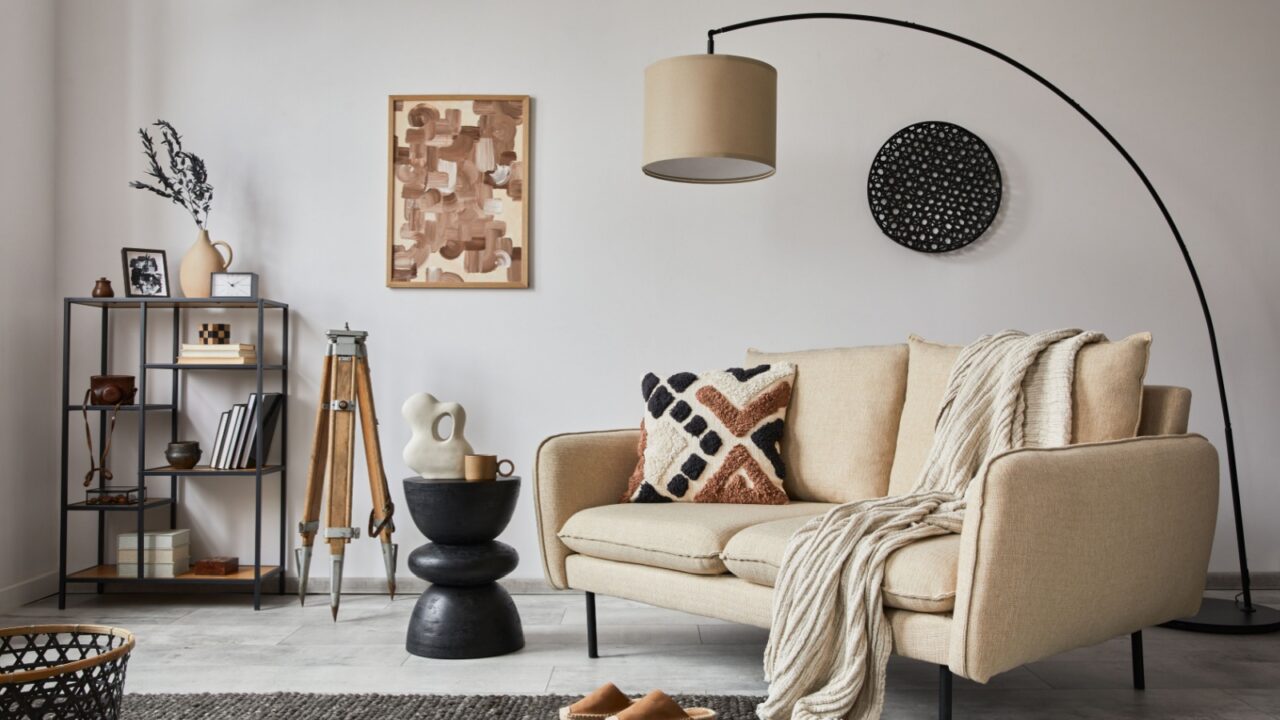
Soft Textures Are Essential for Comfort
Hard, sterile surfaces make a space feel unwelcoming. A lack of soft elements can subconsciously trigger discomfort.
Fix: Introduce plush throws, soft velvet or boucle chairs, and thick, layered drapes to absorb sound and create a cozy atmosphere. A weighted blanket can also provide a deep-pressure calming effect.
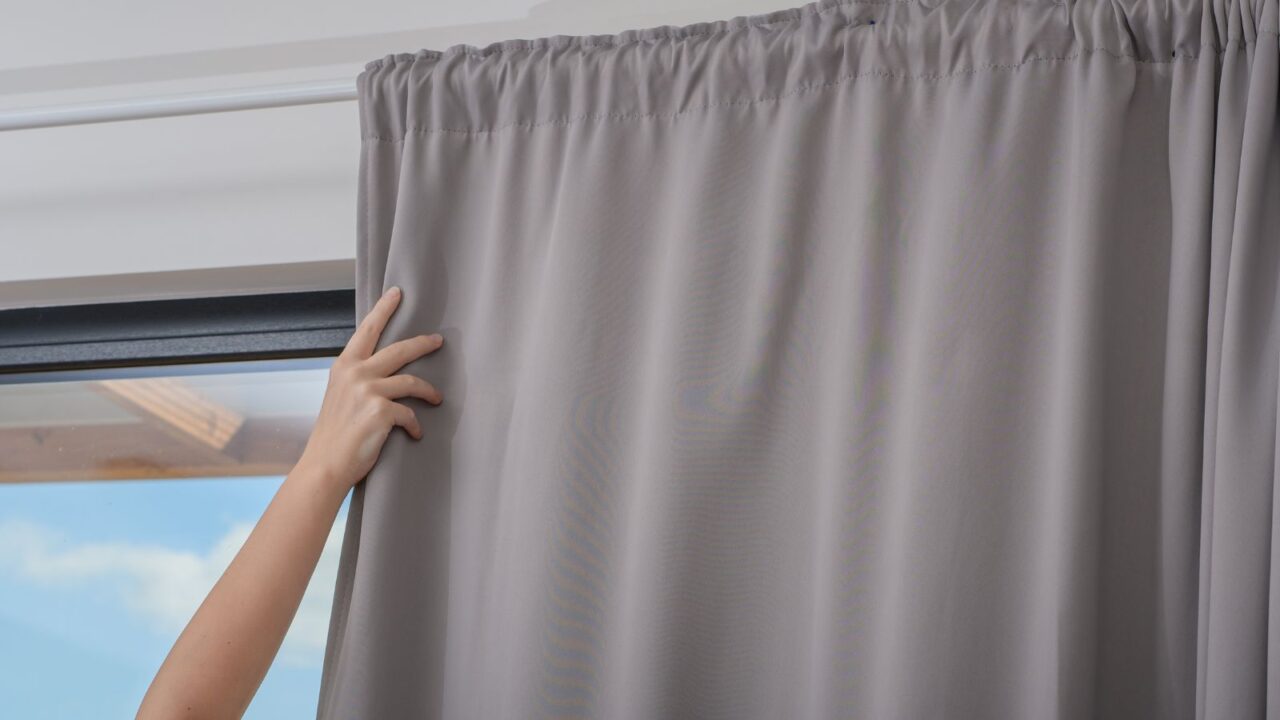
Noise Pollution Disrupts Relaxation
Studies show that background noise—like traffic, electronics, or loud neighbors—can increase cortisol levels, making it harder to unwind.
Solution: Use sound-absorbing elements like thick rugs, upholstered furniture, and blackout curtains. A white noise machine or small indoor water fountain can mask disruptive sounds.
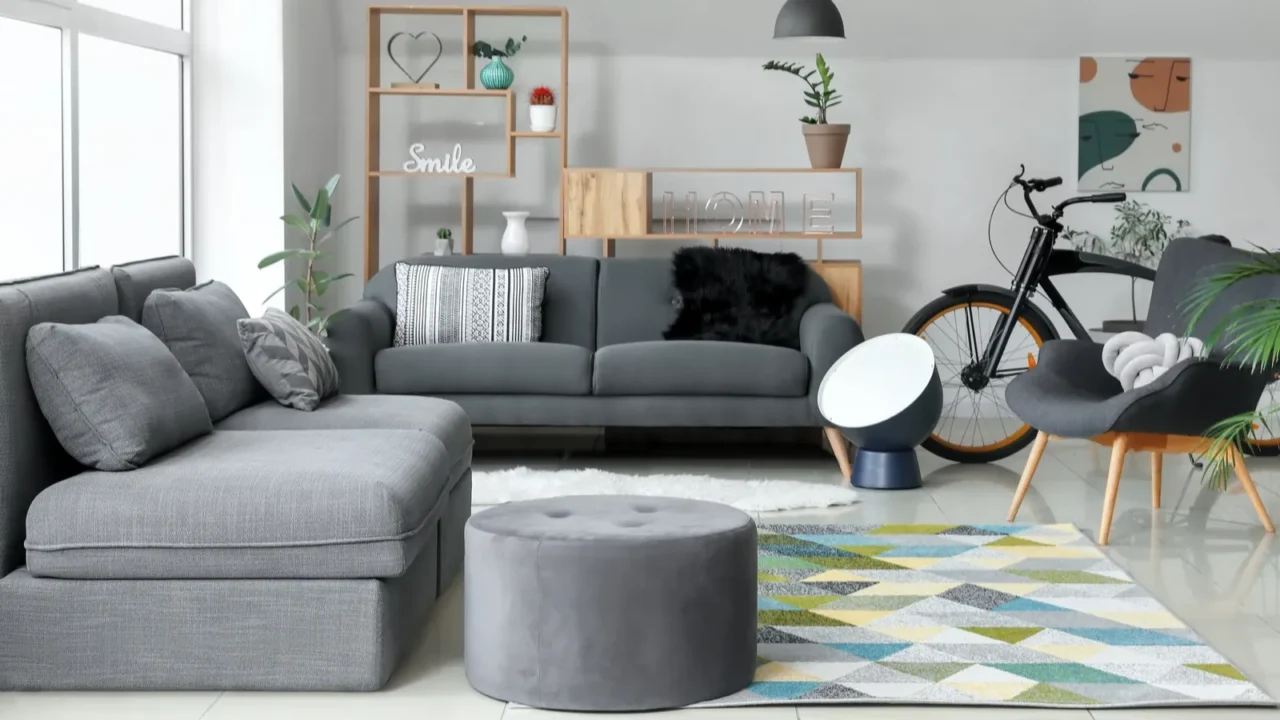
Too Much Furniture Creates a Crowded Feel
Overfilling a room with furniture can make it feel cramped, even if it’s well-decorated.
Solution: Follow the “70% rule”—keep 70% of the space functional and leave 30% open for movement. Use multi-functional furniture like storage ottomans or nesting tables to maximize usability without adding clutter.
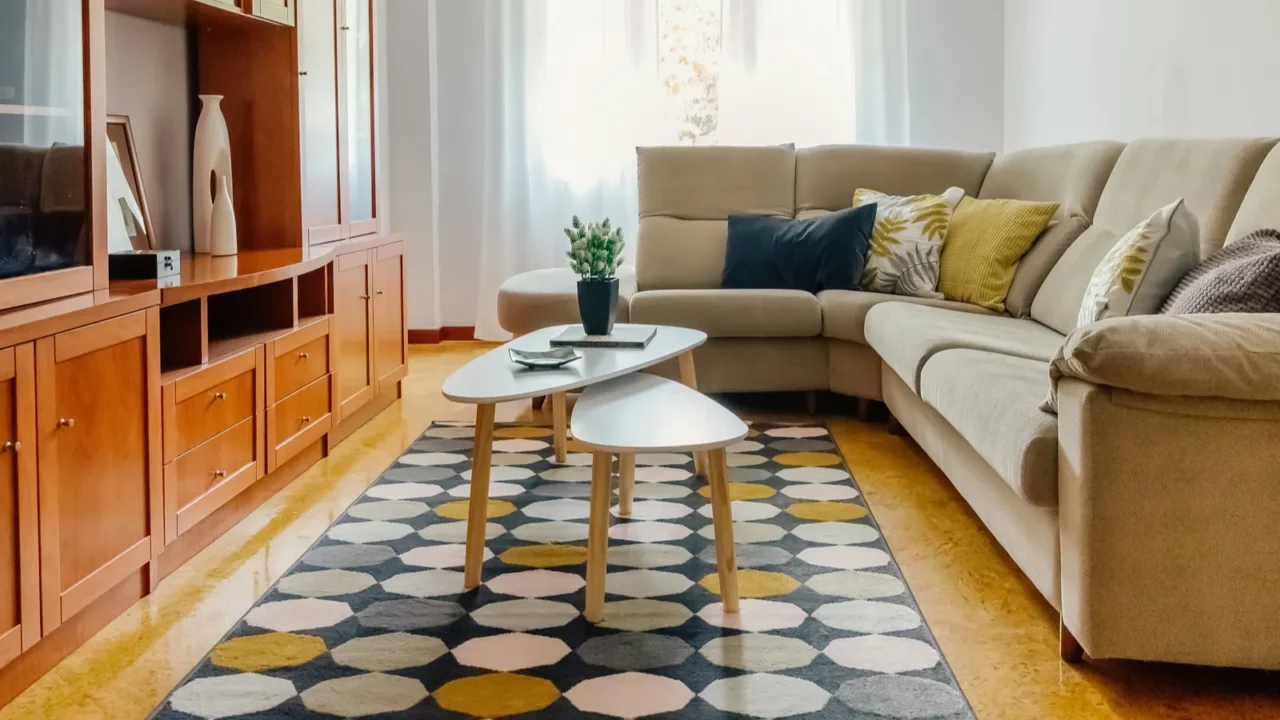
Rug Placement Matters More Than You Think
A rug that’s too small makes a space feel unbalanced, while a rough texture can be uncomfortable underfoot.
The ideal rug size should allow all front legs of furniture to sit on it for a cohesive look. Soft, natural fibers like wool or cotton add warmth, while a non-slip rug pad improves comfort and safety. Check out rug101 (the perfect rug for your living room) for a complete guide on how to style a rug in the living room.
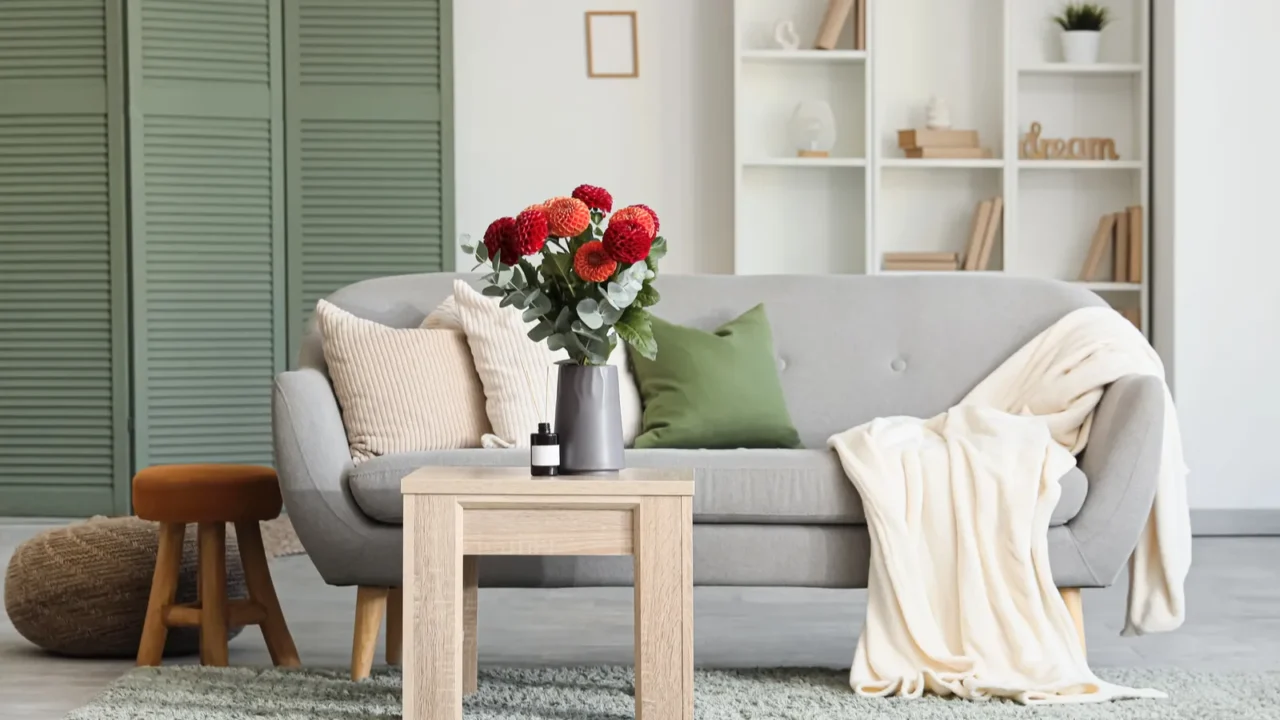
A Living Room Without Personal Touches Feels Uninviting
A space lacking warmth and personal identity can feel uninspiring.
Fix: Add personal elements like family photos, meaningful books, handmade pottery, or travel souvenirs. The goal is to create a space that feels uniquely yours while maintaining a sense of tranquility.
Now that you know how small design choices impact your ability to relax, it’s time to make intentional changes with these cozy living room ideas for a fun family day.
Read Next:
Cozy Valentine’s Day Living Room Decor